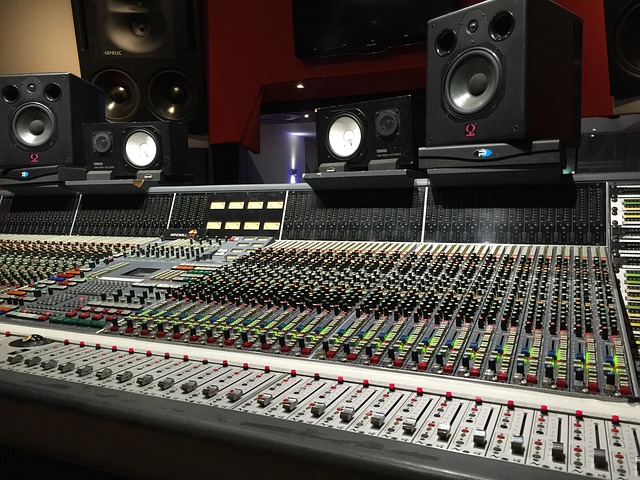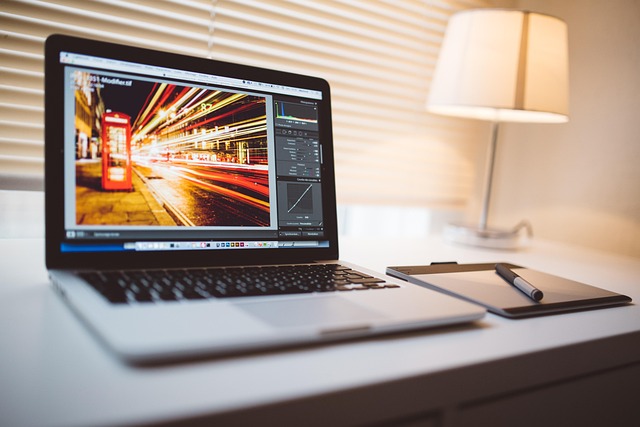As a sound engineer, you’re accustomed to the delicate balance of sonic waves, yet, in the world of television production, your auditory expertise intertwines with visual technology. It’s not just about capturing the perfect sound; it’s also about ensuring that what you hear harmonizes beautifully with what the audience sees. With the rapid evolution of display technology and monitors, understanding how these elements interconnect can elevate your projects to unprecedented heights.
Understanding Display Technology
Today’s TV displays are marvels of engineering, featuring high dynamic range (HDR), wide color gamuts, and 4K or even 8K resolutions. As a sound engineer, you might wonder how this affects your role. The reality is that the visual aspect of your production can significantly influence the emotional response elicited by the audio. For example, a rich soundscape can be highlighted by vibrant, sharp visuals, while muted colors may not elicit the same response, no matter how immaculate the sound may be.
The Importance of Monitors
When immersing yourself in the craft, investing in quality monitors is paramount. Unlike standard TV displays, professional-grade monitors are designed to deliver accurate color representation and nuanced detail, crucial for sound engineers who work closely with visual content. Your choice of monitor can greatly impact how you perceive audio cues in relation to visual precision. A quality monitor not only provides clarity but also allows you to analyze the sync between sound and image, ensuring seamless transitions and an immersive experience.
Visualization Techniques
Effective visualization techniques can enrich your sound engineering process. Utilizing waves, spectrums, and even software that provides real-time visual feedback of sound can help you make informed decisions about mixing and mastering. This synergy between sight and sound will sharpen your instincts, guiding you to create productions that resonate on both auditory and visual levels.
Integrating Technology with Creativity
Incorporating the latest display technology into your workflow allows you to explore new ways of storytelling. By seeing how audience members might interact with sound through varying TV technologies, you can creatively approach projects with a fresh perspective. Consider how devices like surround sound systems can complement modern displays, enabling you to weave intricate narratives that utilize both sound and sight effectively.
Crafting the Perfect Experience
As a sound engineer, recognizing the role that TV display technology and monitors play in your work is vital. By understanding and embracing these visual technologies, you can enhance your audio creations, resulting in a more impactful viewing experience. The fusion of superb sound and high-quality visuals is not just a technical achievement; it’s a creative masterpiece that captivates audiences and leaves lasting impressions.




